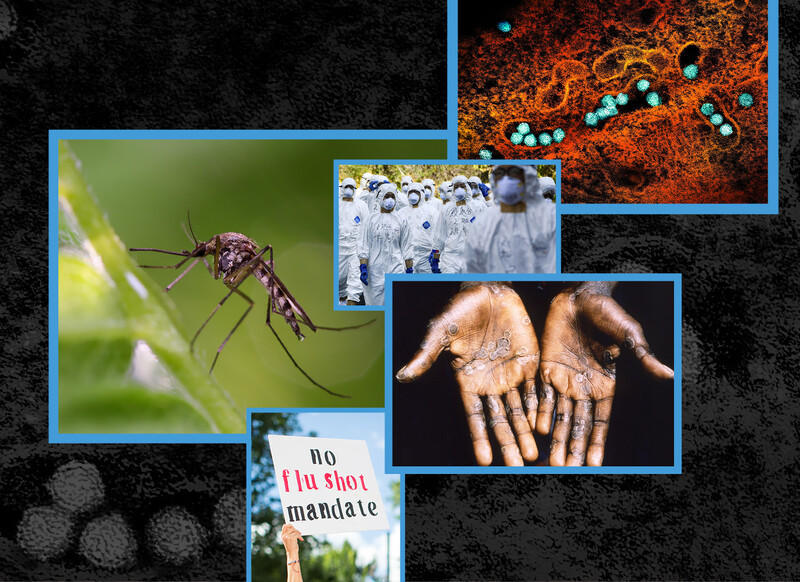The scientific community has been abuzz the past two years about the potential of CRISPR, a new gene-editing technique that promises to revolutionize the treatment of some inheritable diseases by enabling physicians to correct mutations as quickly and efficiently as manuscript editors fix typos.
Now a team of ophthalmologists from Columbia and the University of Iowa have demonstrated what they hope will be one of the first practical applications of the technology: repairing a genetic aberration that causes retinitis pigmentosa, a condition that causes tunnel vision or complete blindness. In a study published in the journal Scientific Reports, the researchers demonstrate how they were able to successfully modify stem cells derived from the skin of a person who suffers from the condition. The next step, if the procedure were to be approved by the FDA, would be to inject the corrected stem cells into a patient’s retina, where the researchers hope they would grow into healthy tissue and thereby restore the person’s vision.
“This would be an example of precision medicine, in that we’d first identify which of the handful of genetic mutations that can cause retinitis pigmentosa is carried by the patient, and then fix it specifically,” says Stephen Tsang ’98PS, who is the László Z. Bitó Associate Professor of Ophthalmology, Pathology, and Cell Biology at Columbia University Medical Center and one of the paper’s senior authors.
CRISPR, which stands for “clustered regularly interspaced short palindromic repeats,” is an adaptation of a natural defense mechanism that some bacteria use to identify and disable the DNA of viral intruders. It has not yet been approved for manipulating the human genome, in part because it can sometimes cause unintended modifications. Tsang and his colleagues are now working to show that their corrected cells are safe for transplantation.



